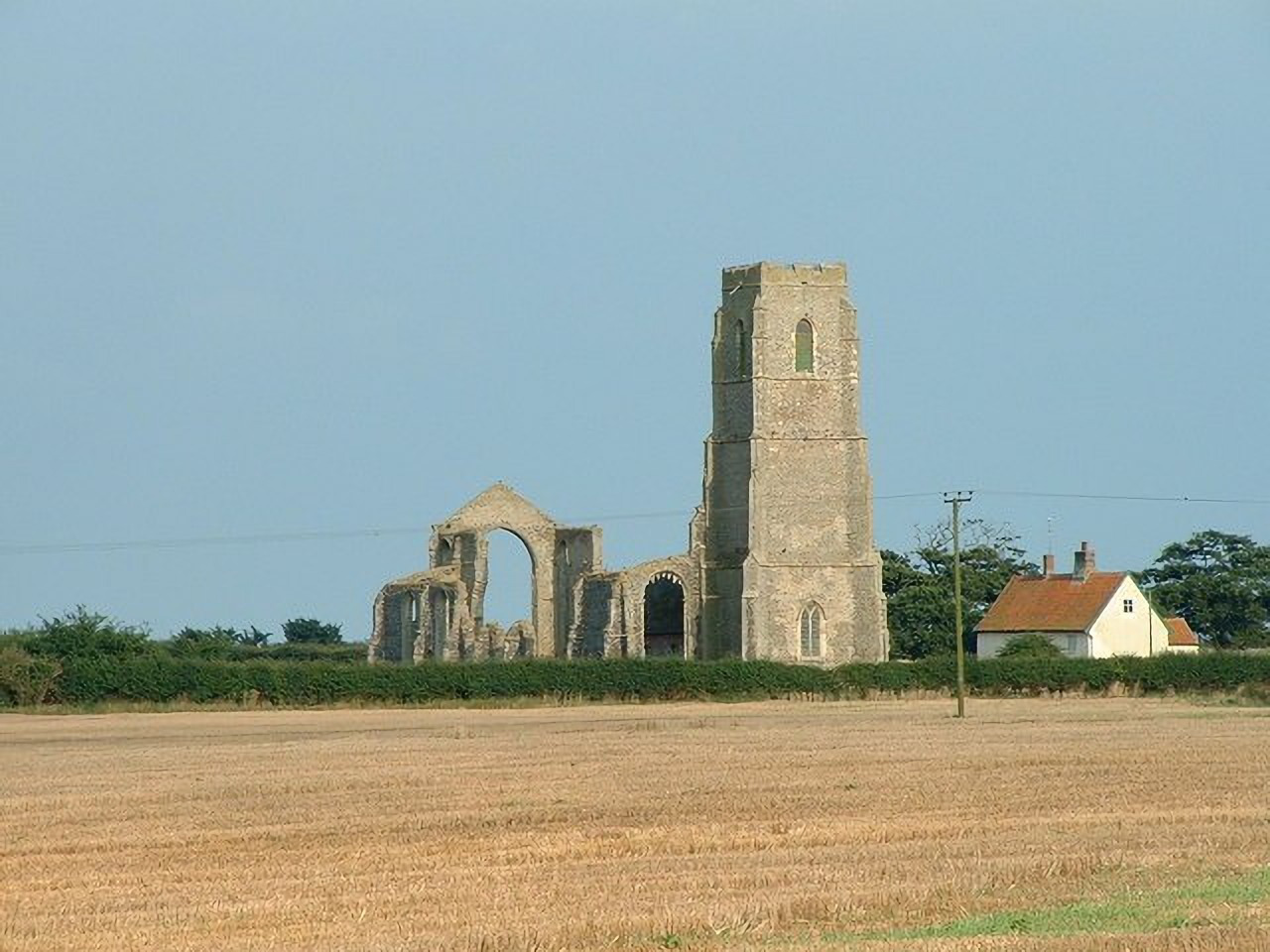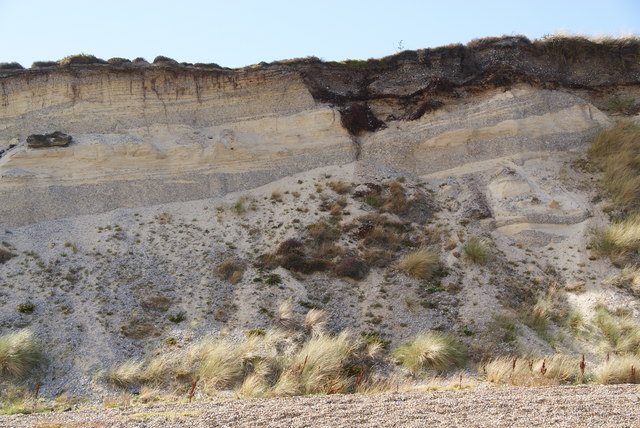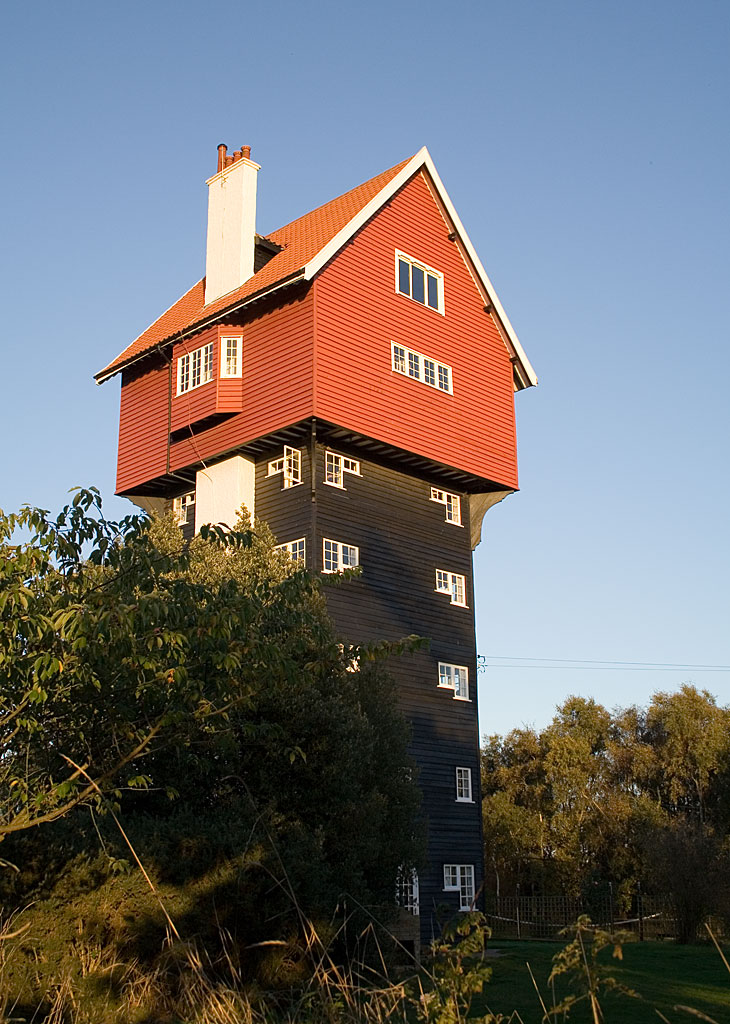|
Suffolk Coast And Heaths AONB
The Suffolk Coast and Heaths AONB is an Area of Outstanding Natural Beauty in Suffolk and Essex, England. The AONB covers ancient woodland, commercial forestry, the estuaries of the Alde, Blyth, Deben, Orwell and Stour rivers, farmland, salt marsh, heathland, mudflats, reed beds, small towns and villages, shingle beaches and low eroding cliffs along 60 miles of coastline. Features include the coastal towns of Aldeburgh and Southwold, Bawdsey, Covehithe, Dunwich, Minsmere, Orford, Orford Ness, Sizewell, Thorpeness, Walberswick and the RSPB Minsmere Reserve. There are three National Nature Reserves in the area and many Sites of Special Scientific Interest. Three long-distance footpaths pass through the AONB: the Suffolk Coast Path, the Sandlings Walk and the Stour and Orwell Walk. In July 2020 the AONB was extended by around 38 square kilometres to cover land north of Brantham, and an area around Mistley and Wrabness in Essex Essex () is a county in the East of ... [...More Info...] [...Related Items...] OR: [Wikipedia] [Google] [Baidu] |
Suffolk
Suffolk () is a ceremonial county of England in East Anglia. It borders Norfolk to the north, Cambridgeshire to the west and Essex to the south; the North Sea lies to the east. The county town is Ipswich; other important towns include Lowestoft, Bury St Edmunds, Newmarket, and Felixstowe which has one of the largest container ports in Europe. The county is low-lying but can be quite hilly, especially towards the west. It is also known for its extensive farming and has largely arable land with the wetlands of the Broads in the north. The Suffolk Coast & Heaths and Dedham Vale are both nationally designated Areas of Outstanding Natural Beauty. History Administration The Anglo-Saxon settlement of Suffolk, and East Anglia generally, occurred on a large scale, possibly following a period of depopulation by the previous inhabitants, the Romanised descendants of the Iceni. By the fifth century, they had established control of the region. The Anglo-Saxon inhabitants later b ... [...More Info...] [...Related Items...] OR: [Wikipedia] [Google] [Baidu] |
Covehithe
Covehithe is a village and civil parish in the East Suffolk district of the English county of Suffolk. It lies on the North Sea coast around north of Southwold and south of Lowestoft. Neighbouring settlements include Benacre, South Cove and Frostenden. The coastline in the Covehithe area suffers from the highest rate of erosion in the UK, and the settlement has suffered significant loss of land and buildings in the past. Attempts to slow erosion are thought to be unsustainable, and estimates suggest that Covehithe will disappear entirely within 100 years. The village is located within the Suffolk Coast & Heaths AONB. History A possible section of Roman road has been discovered in the parish which, along with pottery finds and a possible Roman enclosure, suggests that the area was inhabited in the Roman period.https://archaeologydataservice.ac.uk/archiveDS/archiveDownload?t=arch-1893-1/dissemination/pdf/englishh2-376310_1.pdf, Hegarty, C. and Newsome, S. (2005). Retrieved 202 ... [...More Info...] [...Related Items...] OR: [Wikipedia] [Google] [Baidu] |
Brantham
Brantham is a village and civil parish in the Babergh district of Suffolk, England. It is located close to the River Stour and the border with Essex, around north of Manningtree, and around southwest of Ipswich. History The name Brantham is of Old English origin - ''Brant'' for 'hill' and ''ham'' 'village' — hence, 'village on the hill'. Another possible translation may be 'burnt village', a name given after a Viking invasion coming up from the River Stour. Evidence of the village's Saxon heritage can be found in the form of some ninety silver coins from the time of Edward the Elder (899-924) in what has become known as the Brantham Hoard, found in the village in 2003. Brantham is mentioned in the 1086 Domesday book as having 38 households and under the lordship of Aelfric of Weinhou. Until 1887 the local economy was almost entirely agricultural. This changed in 1887 when British Xylonite Ltd. purchased the Brooklands Farm and built their factory, which was later renam ... [...More Info...] [...Related Items...] OR: [Wikipedia] [Google] [Baidu] |
Stour And Orwell Walk
Stour may refer to: * River Stour (other), several rivers * HMS ''Stour'', a Royal Navy River-class destroyer purchased in 1909 * ''Stour''-class destroyer, the sub-class of Royal Navy destroyers of which HMS ''Stour'' was the lead ship * ''Stour'' (narrowboat), a canalboat at the Black Country Living Museum, England See also * East Stour (other) * Papa Stour * Stour Brook * Stour Row * Stour Valley (other) Stour Valley may refer to *The valley of one of the various Stour rivers *Stour Valley Line *Stour Valley Railway *Stour Valley Walk * Stour Valley Path *Stour Valley Way The Stour Valley Way is a long-distance footpath in southern England. ... * West Stour (other) {{disambig ... [...More Info...] [...Related Items...] OR: [Wikipedia] [Google] [Baidu] |
Sandlings Walk
The Sandlings Walk is a long-distance path in Suffolk, England. It runs 91.6km through the Suffolk Sandling that used to stretch from the outskirts of Ipswich to Southwold which is an area of lowland heath, Britain's rarest wildlife habitat, and the Suffolk Coast and Heaths Area of Outstanding Natural Beauty. Starting on the outskirts of Ipswich (trailheads at , , and ), the route passes through Rushmere Common, Sutton Heath, Rendlesham Forest, Butley Corner, Tunstall Forest, Friston, North Warren, Thorpeness, Sizewell, Minsmere, Dunwich Heath, Dunwich Forest, the Suffolk Coast National Nature Reserve and Southwold (trailhead at ). See also * Long-distance footpaths in the UK There are hundreds of long-distance footpaths in the United Kingdom designated in publications from public authorities, guidebooks and OS maps. They are mainly used for hiking and walking, but some may also be used, in whole or in part, for mou ... * Suffolk Coast Path References External ... [...More Info...] [...Related Items...] OR: [Wikipedia] [Google] [Baidu] |
Suffolk Coast Path
The Suffolk Coast Path is a long-distance footpath along the Suffolk Heritage Coast in England. It is long. Previously known as the Suffolk Coast and Heaths Path after the Suffolk Coast and Heaths Area of Outstanding Natural Beauty through which it runs, the path has been rebranded with new waymarkers bearing the new namehttps://www.flickr.com/photos/omcoc/3237114905/] The path runs along river and sea walls, across marsh, heath, foreshore and cliffs. It starts at Felixstowe and ends at Lowestoft , via Bawdsey, Snape Maltings, Aldeburgh, North Warren, Thorpeness, Minsmere, Dunwich, Southwold and Kessingland. It connects with the Sandlings Walk and (via the Stour and Orwell Walk) with the Essex Way and the Stour Valley Path. Much of W. G. Sebald's novel The Rings of Saturn describes a walking tour that roughly follows the Suffolk Coast Path. See also *Long-distance footpaths in the UK There are hundreds of long-distance footpaths in the United Kingdom designated i ... [...More Info...] [...Related Items...] OR: [Wikipedia] [Google] [Baidu] |
Sites Of Special Scientific Interest
A Site of Special Scientific Interest (SSSI) in Great Britain or an Area of Special Scientific Interest (ASSI) in the Isle of Man and Northern Ireland is a conservation designation denoting a protected area in the United Kingdom and Isle of Man. SSSI/ASSIs are the basic building block of site-based nature conservation legislation and most other legal nature/geological conservation designations in the United Kingdom are based upon them, including national nature reserves, Ramsar sites, Special Protection Areas, and Special Areas of Conservation. The acronym "SSSI" is often pronounced "triple-S I". Selection and conservation Sites notified for their biological interest are known as Biological SSSIs (or ASSIs), and those notified for geological or physiographic interest are Geological SSSIs (or ASSIs). Sites may be divided into management units, with some areas including units that are noted for both biological and geological interest. Biological Biological SSSI/ASSIs may ... [...More Info...] [...Related Items...] OR: [Wikipedia] [Google] [Baidu] |
RSPB Minsmere
RSPB Minsmere is a nature reserve owned and managed by the Royal Society for the Protection of Birds (RSPB) at Minsmere, Suffolk. The site has been managed by the RSPB since 1947 and covers areas of reed bed, lowland heath, acid grassland, wet grassland, woodland and shingle vegetation. It lies within the Suffolk Coast and Heaths Area of Outstanding Natural Beauty and the Suffolk Heritage Coast area. It is conserved as a Site of Special Scientific Interest, Special Area of Conservation, Special Protection Area and Ramsar site. The nature reserve is managed primarily for bird conservation, particularly through control and improvement of wetland, heath and grassland habitats, with particular emphasis on encouraging nationally uncommon breeding species such as the bittern, stone-curlew, marsh harrier, nightjar and nightingale. The diversity of habitats has also led to a wide variety of other animals and plants being recorded on the site. Before becoming a nature reserve, ... [...More Info...] [...Related Items...] OR: [Wikipedia] [Google] [Baidu] |
Walberswick
Walberswick is a village and civil parish on the Suffolk coast in England. It is at the mouth of the River Blyth on the south side of the river. The town of Southwold lies to the north of the river and is the nearest town to Walberswick, around away. Walberswick is around south of Lowestoft on the North Sea coast. It is east of Halesworth and northeast of the county town of Ipswich. Coastal erosion and the shifting of the mouth of the River Blyth caused the neighbouring town of Dunwich, to the south, to be lost as a port in the last years of the 13th century. Following a brief period of rivalry and dispute with Dunwich, Walberswick became a major trading port from the 13th century until World War I. Almost half of the village's properties are holiday homes. History The name Walberswick is believed to derive from the Saxon Waldbert [...More Info...] [...Related Items...] OR: [Wikipedia] [Google] [Baidu] |
Thorpeness
Thorpeness is a seaside village in the East Suffolk (district), East Suffolk district of Suffolk, England, which developed in the early 20th century into an exclusive holiday village. It belongs to the parish of Aldringham cum Thorpe and lies within the Suffolk Coast and Heaths AONB. Development ''For the earlier history of Thorpe, see Aldringham-cum-Thorpe.'' The village was a small fishing hamlet originating in the late 19th century, with folklore, folk tales of it being a route for smugglers into East Anglia. However in 1910, Glencairn Stuart Ogilvie, a Scottish barrister whose father had made a fortune building railways around the world, increased the family's local estates to cover the entire area from north of Aldeburgh to past Sizewell, up the coast and inland to Aldringham and Leiston. Most of this land was used for farming, but Ogilvie developed Thorpeness into an elite private fantasy holiday village, to which he invited his friends' and colleagues' families during ... [...More Info...] [...Related Items...] OR: [Wikipedia] [Google] [Baidu] |
Sizewell
Sizewell is an English fishing hamlet in the East Suffolk district of Suffolk, England. It belongs to the civil parish of Leiston and lies on the North Sea coast just north of the larger holiday village of Thorpeness, between the coastal towns of Aldeburgh and Southwold. It is east of the town of Leiston and belongs within the Suffolk Coast and Heaths AONB. It is the site of two nuclear power stations, one of them still active. There have been tentative plans for a third station to be built at the site. Nuclear power stations The village is the location of two separate nuclear power stations, the Magnox Sizewell A and Pressurized Water Reactor (PWR) Sizewell B, which are readily visible to the north of the village. Sizewell A is decommissioned, having ceased to generate electricity in 2006. The decommissioning process is expected to take until 2027 to complete, with the site not expected to be cleared until 2098. [...More Info...] [...Related Items...] OR: [Wikipedia] [Google] [Baidu] |
Orford Ness
Orford Ness is a cuspate foreland shingle spit on the Suffolk coast in Great Britain, linked to the mainland at Aldeburgh and stretching along the coast to Orford and down to North Weir Point, opposite Shingle Street. It is divided from the mainland by the River Alde, and was formed by longshore drift along the coast. The material of the spit comes from places further north, such as Dunwich. Near the middle point of its length, at the foreland point or 'Ness', once stood Orfordness Lighthouse, demolished in summer 2020 owing to the encroaching sea. In the name of the lighthouse (and the radio transmitting station – see below), 'Orfordness' is written as one word. Description Orford Ness is an internationally important site for nature conservation. It contains a significant portion of the European reserve of vegetated shingle habitat, which is internationally scarce, highly fragile, and very easily damaged. Together with Havergate Island the site is a designated National Nat ... [...More Info...] [...Related Items...] OR: [Wikipedia] [Google] [Baidu] |





